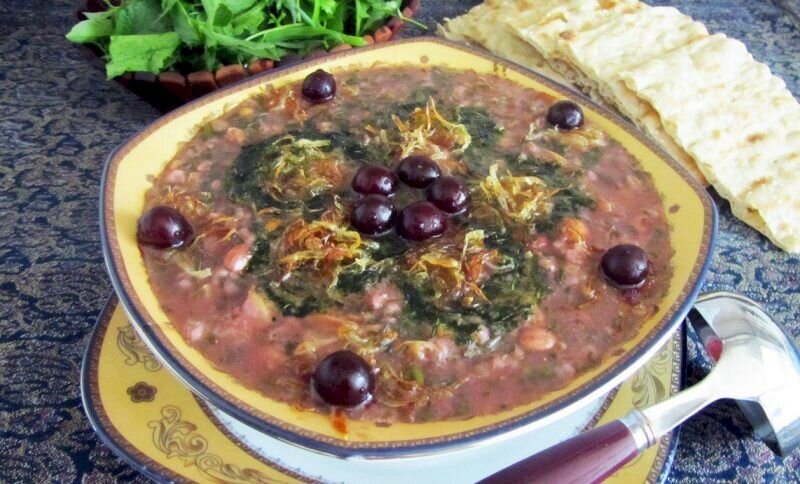Cultural heritage elements added to national list

TEHRAN – Two cultural elements, which are practiced across Iran for centuries, have recently been added to the National Intangible Cultural Heritage list.
The Ministry of Cultural Heritage, Tourism and Handicrafts on Sunday announced the inscriptions in separate letters it submitted to the governors-general of the 31 provinces across the country, IRNA reported.
The skill of making Sour (Torsh) Ash and the ritual of Aqiqeh were added to the prestigious list, the report added.
In Aqiqeh Ritual a newborn’s parents sacrifice a sheep and share its meat with others, but they may not consume the meat themselves. Tradition holds that by performing this ritual the baby will not be harmed.
Ash is a thick Persian soup that varies in its ingredients depending on where it is made.
It originated in Persian culinary culture and has always been a popular dish at cultural events and family gatherings.
Preparing this dish in Iran is often associated with special occasions such as the Persian New Year, professional success, or even mourning for a loved one.
This dish is often eaten during the winter or after a long day of fasting, due to the variety of nutritional components it contains. This is especially true during the winter season. There is no doubt that it is a complete dish and very rich in nutrients and vitamins, such as minerals and proteins.
It is worth mentioning that Ash Reshteh is by far the most popular one and is perhaps known all over the world as a typical sample of Iranian cuisine. It is a soup made with spinach, herbs, legumes (lentils, chickpeas, beans, or kidney beans), thick spaghetti-like noodles, onions, dried mint, and kashk (curdled milk).
ABU/AFM
